-
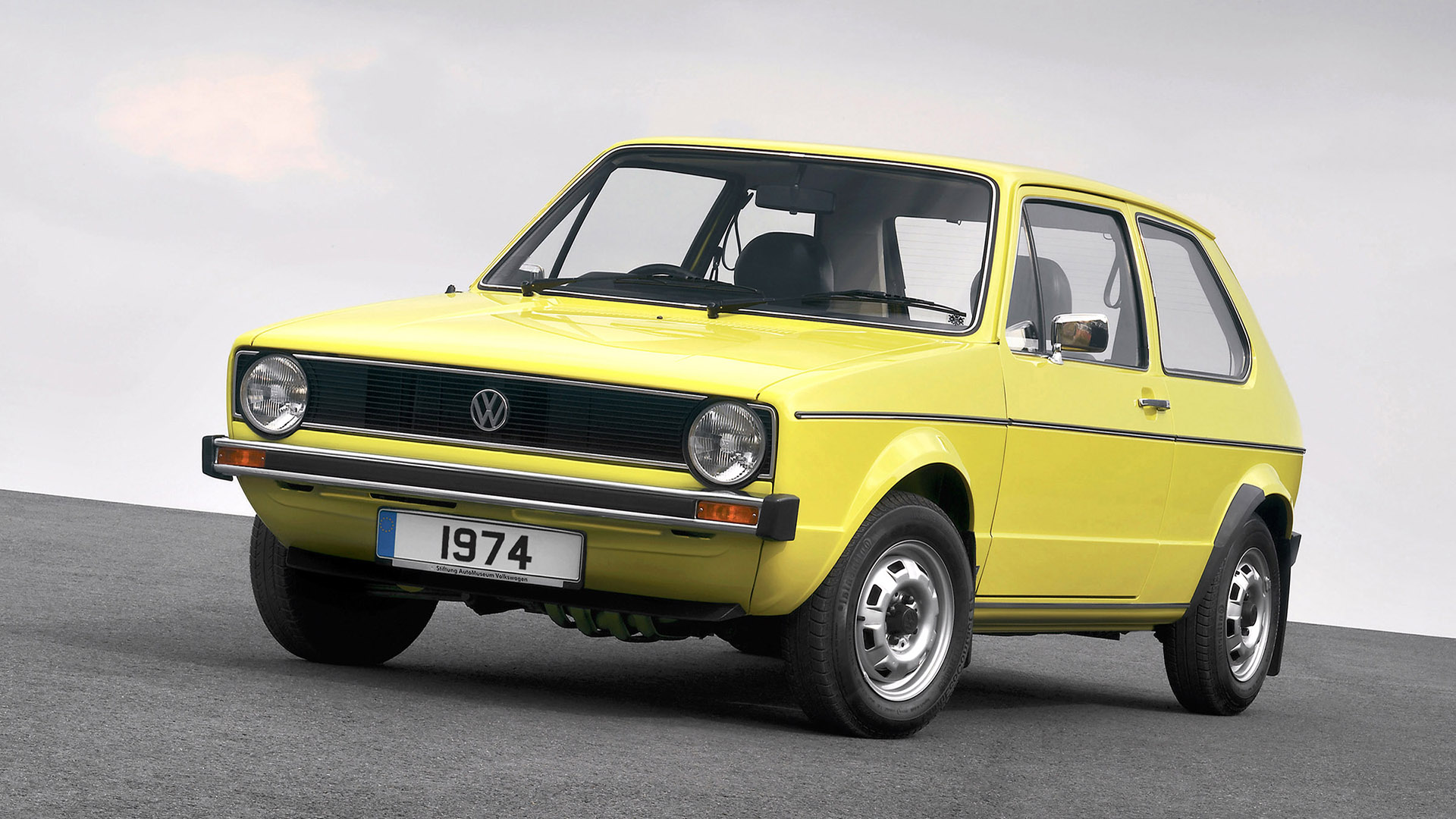
The European also-rans
© VWThe European Car of the Year (ECoTY) award is celebrating its 60th anniversary in 2024 – with the new Renault Scenic scooping this year’s prize – so what better way to mark the occasion than to take a look at the runners-up? That’s right, we’re shunning the winners to celebrate the silver medalists – the cars that were arguably good enough to take the top spot. Finishing second in a European competition didn’t do Sam Ryder any harm.
-
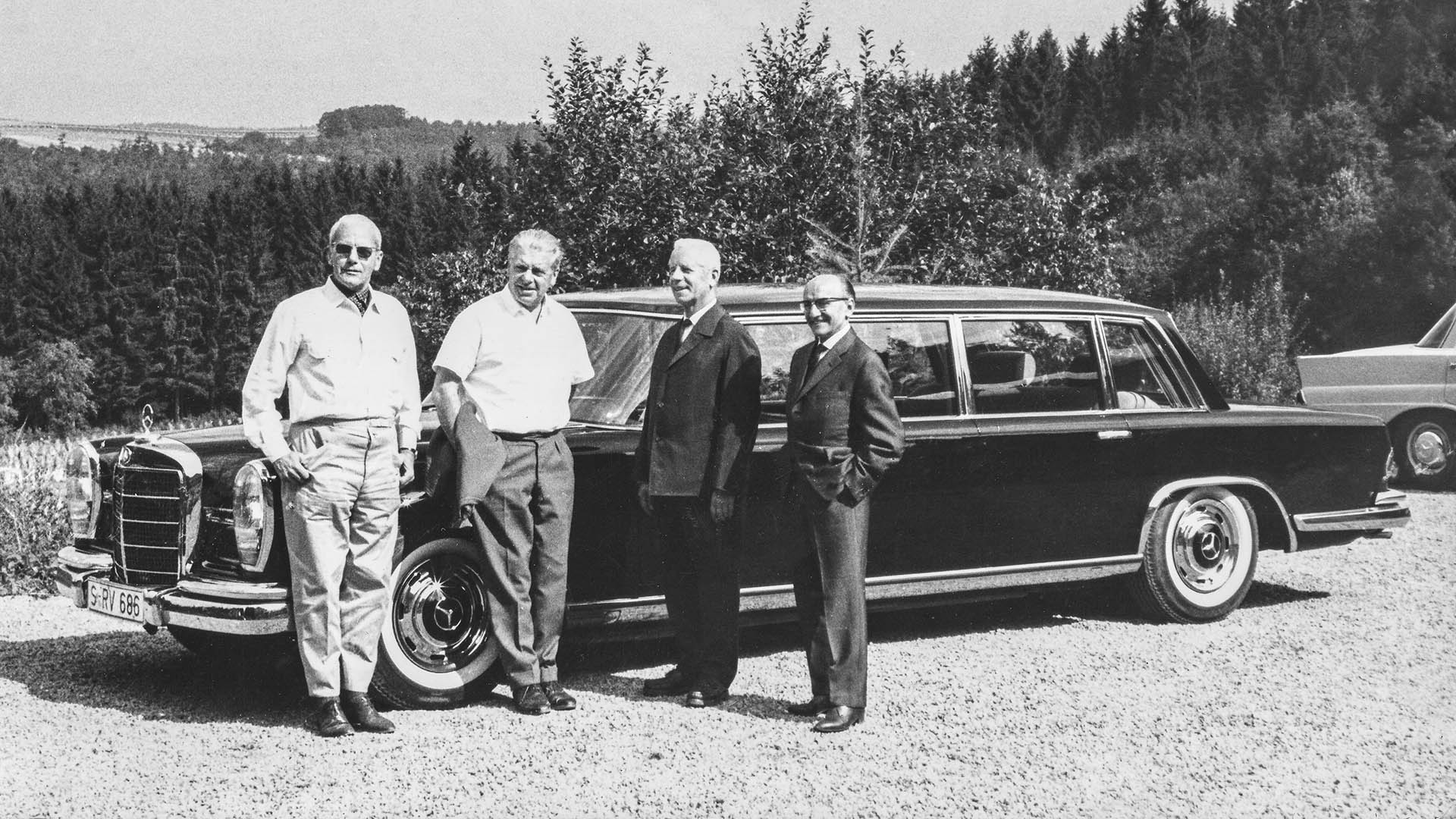
1964: Mercedes-Benz 600
© Mercedes-BenzWinner: Rover 2000
This is where it all began. The Rover P6 was the first ECoTY winner, pipping the Mercedes-Benz 600 to the post. The P6 was a genuinely innovative car that Britain could be proud of, but only one of these two would go on to become the saloon of choice for the world’s despots, dictators, autocrats and Jeremy Clarkson. Of the 2,667 Mercedes-Benz 600s built, 487 were the longer Pullman version.
-
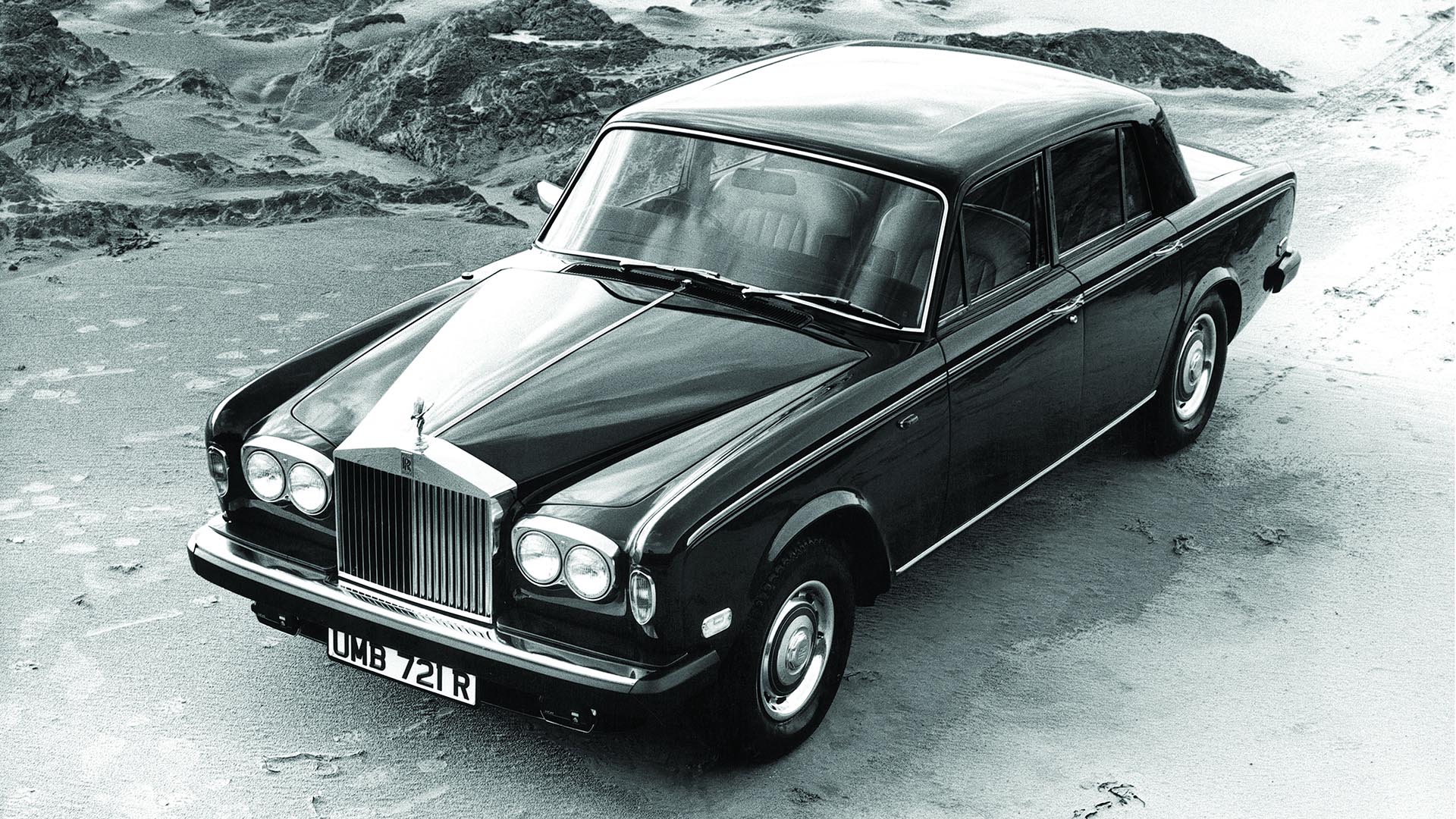
1966: Rolls-Royce Silver Shadow
© Rolls-RoyceWinner: Renault 16
If the Rolls-Royce Silver Shadow was the best car in the world, the Renault 16 must have been otherworldly. As the world’s first front-wheel-drive family hatchback, the 16 was a game-changer for Renault and the market, boasting six different interior layouts and the best ride quality this side of a Citroen DS. Today, the 16 is all but forgotten, while the Silver Shadow went on to become the company’s best-selling model. It also looks better than the 16 when ‘parked’ in a swimming pool.
-
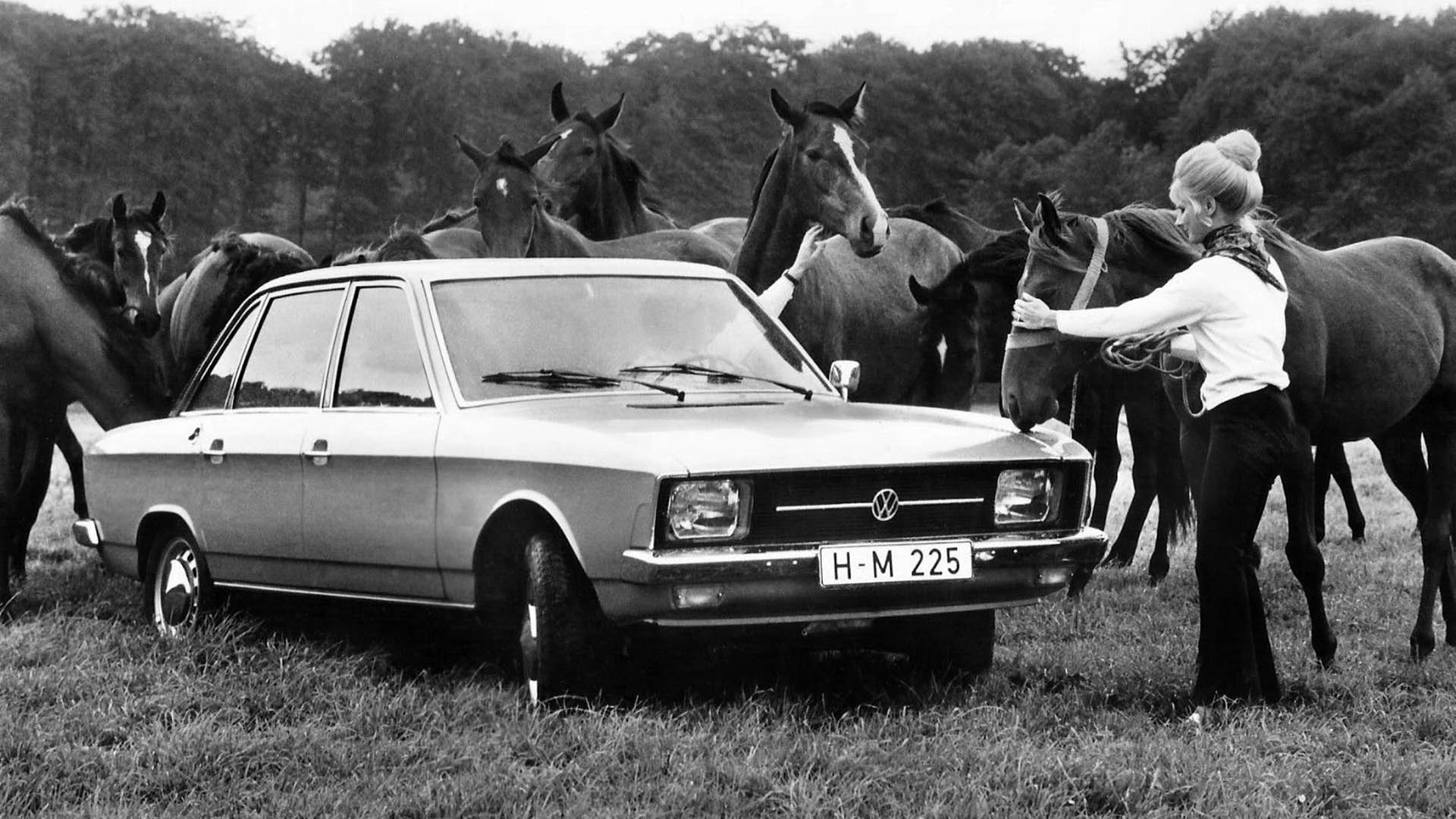
1971: Volkswagen K70
© VWWinner: Citroen GS
The K70 was developed by NSU to be sold alongside the rotary-engined Ro80. Indeed, it too was to be powered by a rotary engine until NSU had a change of heart and fitted a 1,605cc piston engine. It remained an innovative car, with a front-wheel-drive layout, all-independent suspension, front disc brakes and advanced crash protection. Volkswagen’s takeover of its German rival also meant the K70 became VW’s first front-engined and water-cooled car.
-
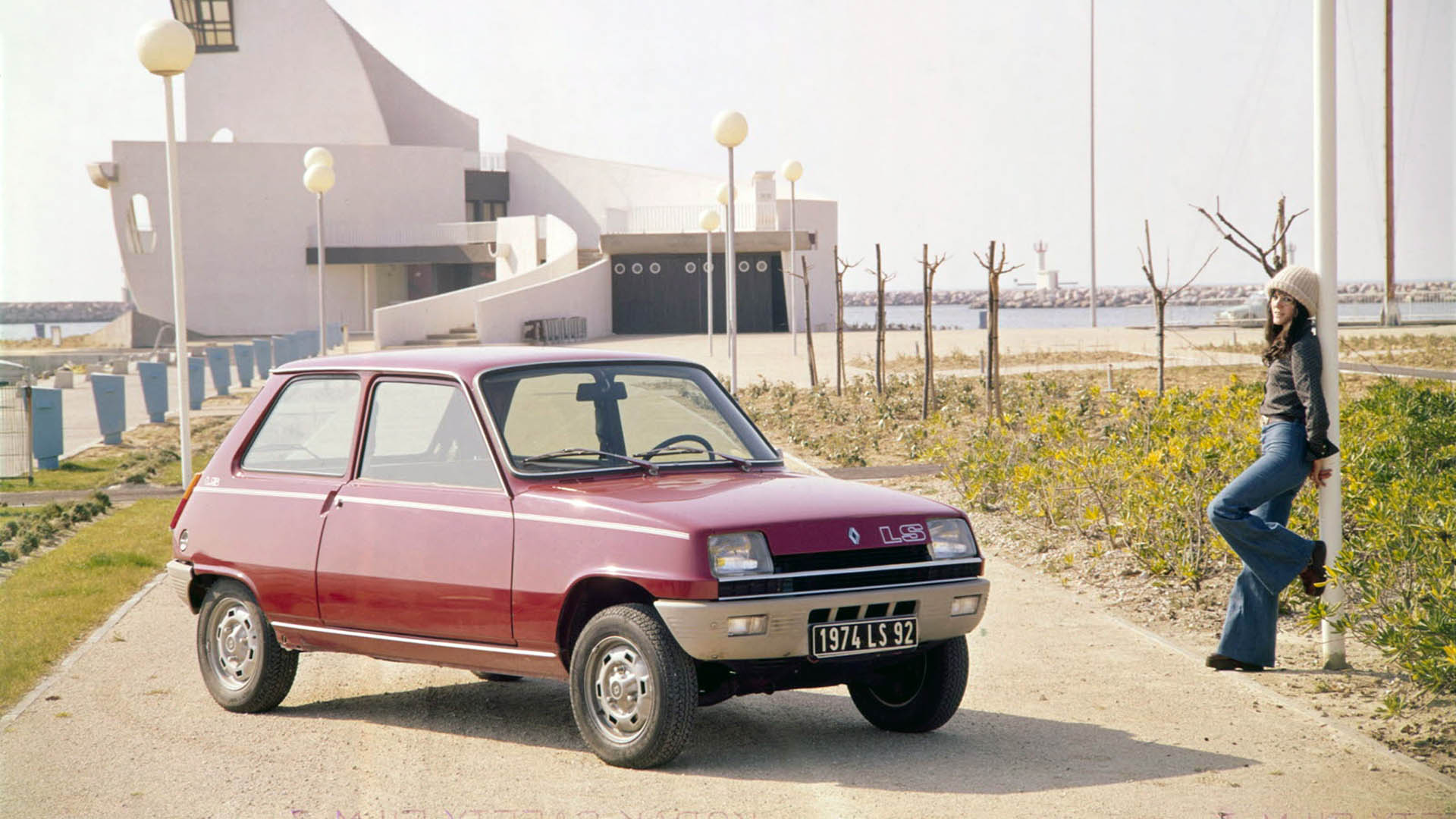
1973: Renault 5
© RenaultWinner: Audi 80
Just five points separated the Audi 80 and Renault 5. This was the smallest margin of victory until 2001, when the Alfa Romeo 147 beat the Ford Mondeo by a single point. Thanks to its lightweight construction and fabulous EA827 engines, the 80 (B1) was a deserved winner, but the Renault 5 was one of the pioneers of the supermini market, with some 5.5 million produced before it made way for the ‘Supercinq’ in 1984.
-
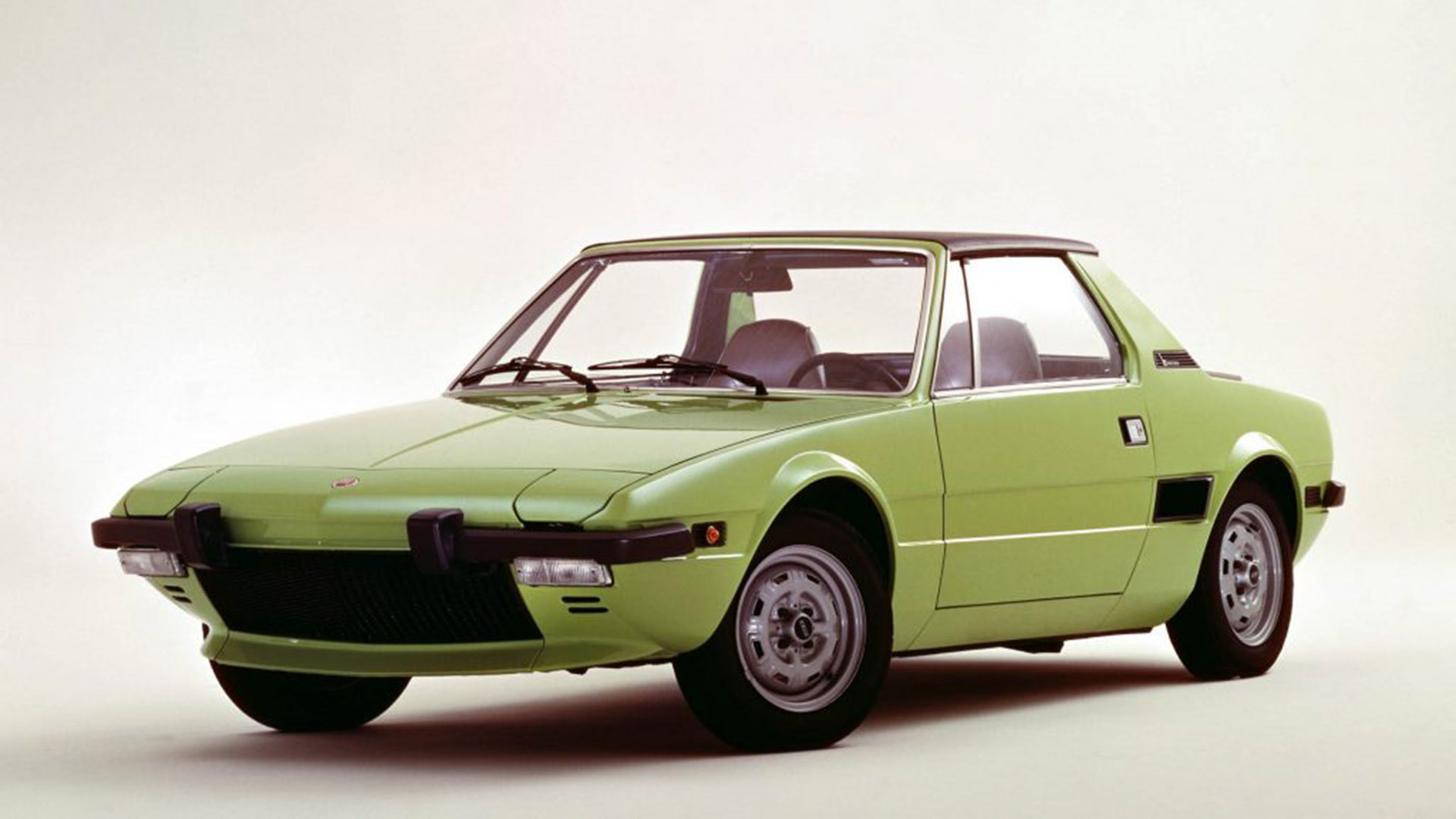
1974: Fiat X1-9
© FiatWinner: Mercedes-Benz 450SE
Fiat enjoyed a solid first decade of the ECoTY award, winning three times with the 124, 128 and 127, and grabbing second with the 125. The X1/9 secured Fiat another podium, but this mid-engined, lightweight sports car was no match for the mighty Mercedes-Benz 450SE. Although the X1/9 was launched in Europe in 1972, Brits had to wait until 1977 for our first taste of the ‘baby Ferrari’.
-
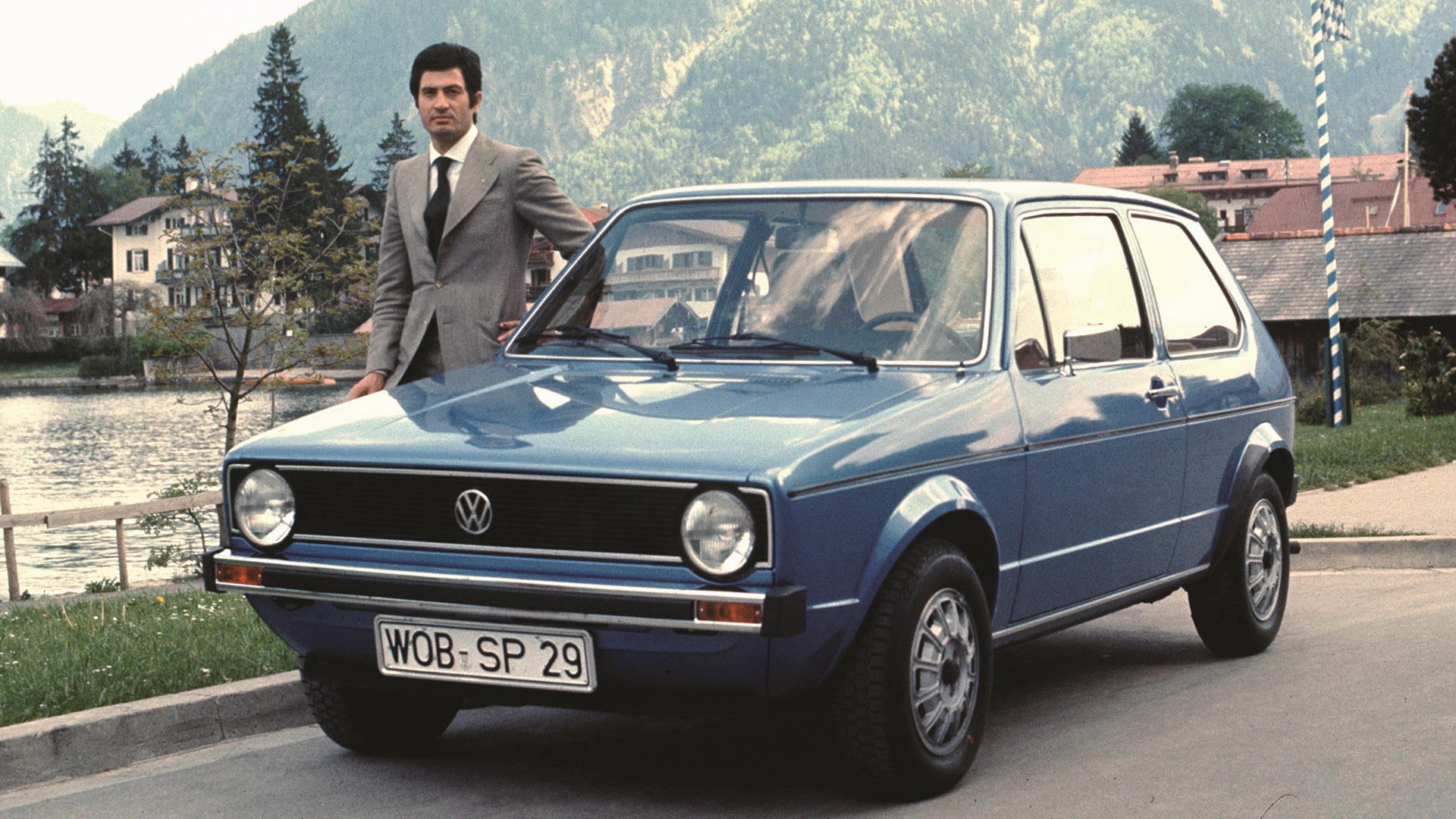
1975: Volkswagen Golf
© VWWinner: Citroen CX
Here’s Giorgetto Giguiaro stood alongside one of his many masterpieces. Although at the time Volkswagen may have bemoaned the fact that the Golf lost to the Citroen CX – especially given its points total would have been enough for victory in the two previous years – the loss is long forgotten now that the hatchback is into its eighth generation. We’d take a Mk1 over the current model, if only for the complete absence of a digital, well… anything.
-
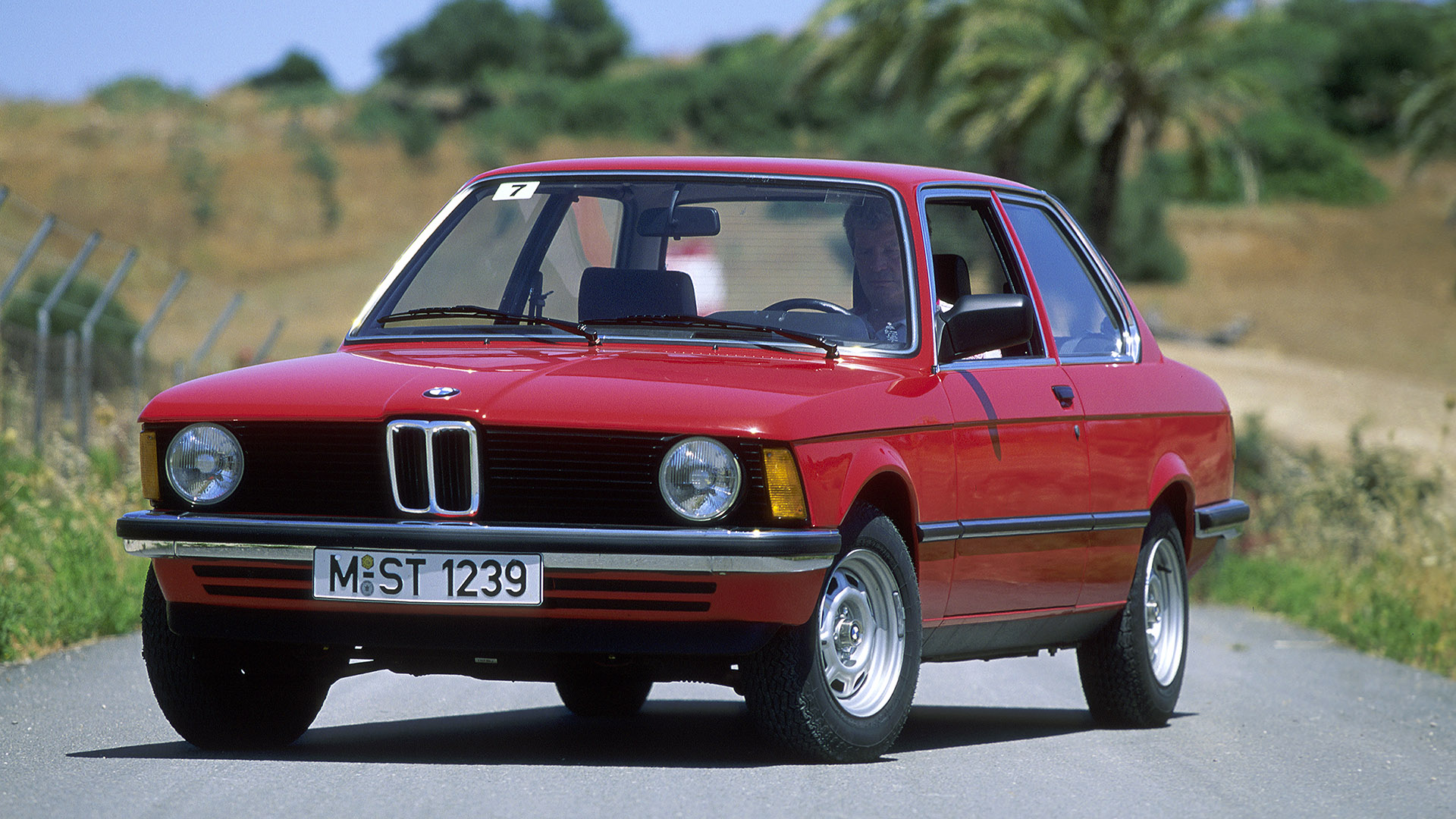
1976: BMW 3 Series
© BMWWinner: Chrysler Alpine and Simca 1307
The Simca 1307 – known here as the Chrysler Alpine – was a proper team effort, styled in the UK by Roy Axe and engineered by Simca in France. Today, it should be remembered as a genuinely good family hatchback, but its fate was sealed when Chrysler pulled out of the European market. The BMW 3 Series, on the other hand, went on to become the world’s favourite compact executive saloon.
-
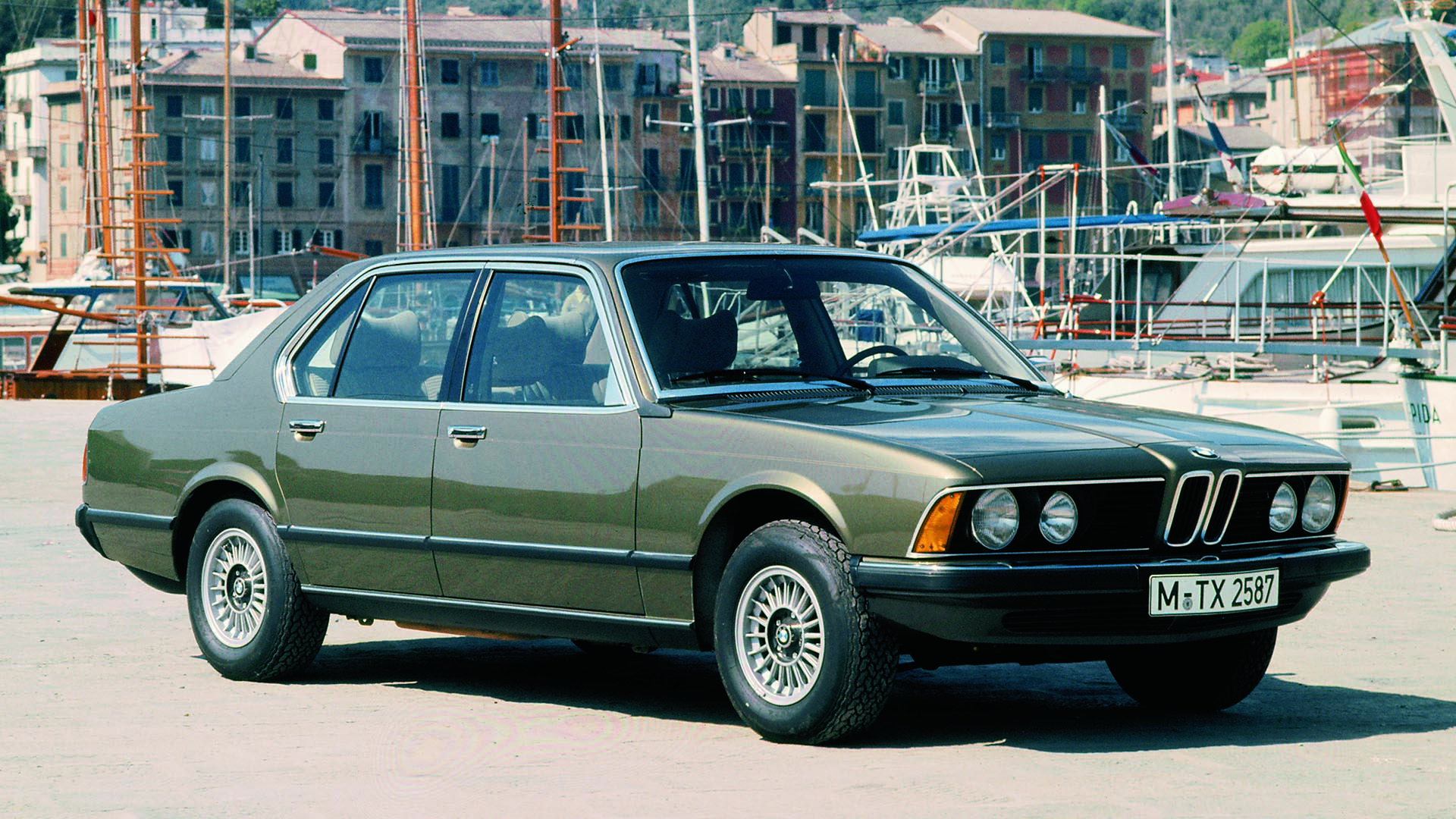
1978: BMW 7 Series
© BMWWinner: Porsche 928
Two years later, BMW lost again, this time to Porsche. Interestingly, or perhaps not, depending on how you feel about the ECoTY award, BMW has never finished top of the Euro tree. Instead, it has to make do with five silver medals: 1600 (1967), 2500/2800 (1969), 3 Series (1976), 7 Series (1978) and i3 (2014). Forty-six years on from its debut in 1977, the Paul Bracq-penned E23 7 Series has aged incredibly well.
-
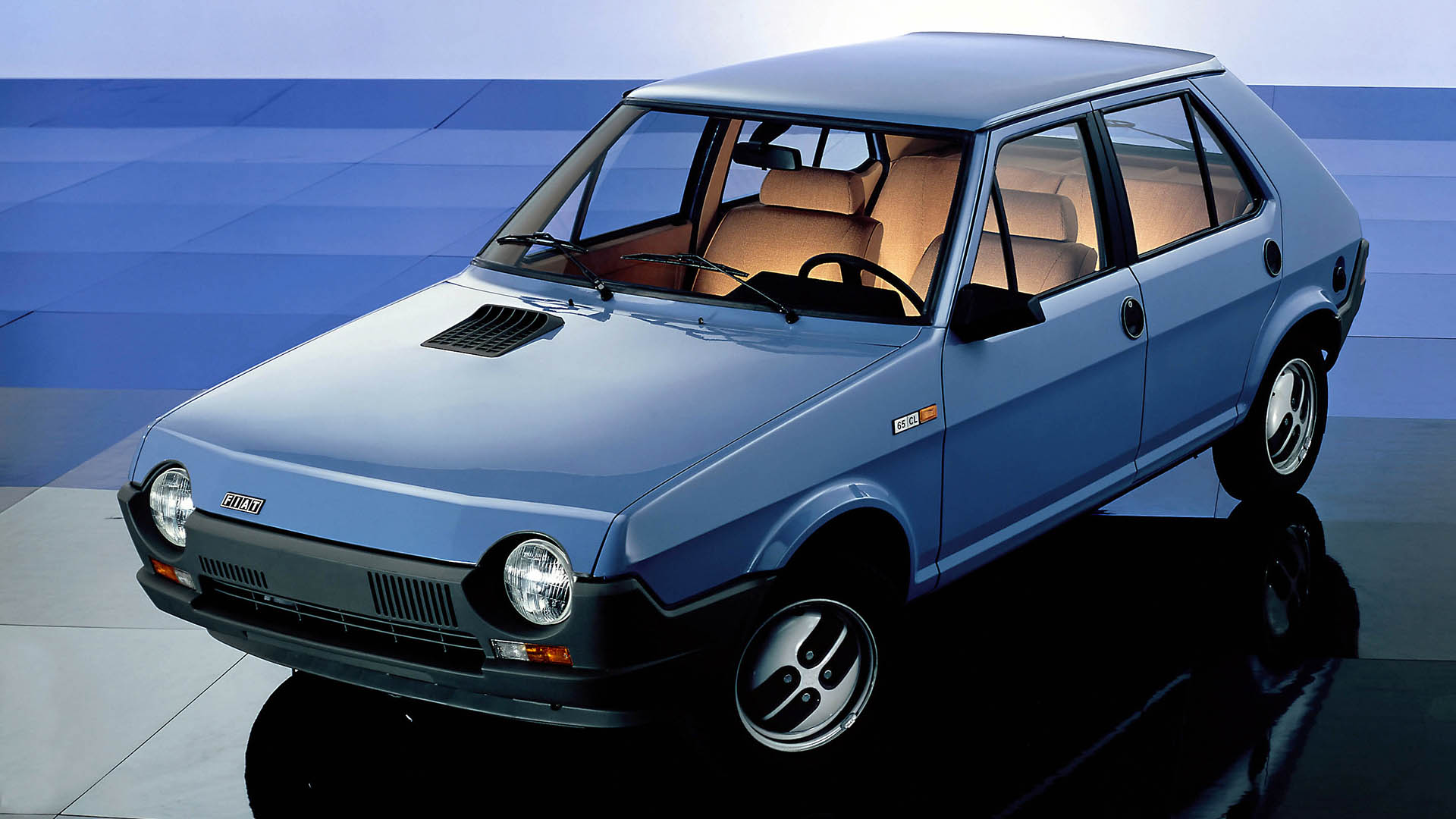
1979: Fiat Ritmo and Strada
© FiatWinner: Simca-Chrysler Horizon
The Horizon – sold as a Chrysler, Simca and Talbot – was designed by Chrysler Europe to take on the Volkswagen Golf. It was good, but arguably not good enough to finish ahead of the Ritmo/Strada, Fiat’s first car to be developed from the ground up as a hatchback. It was also notable for its automated construction, which inspired the famous ‘Handbuilt by robots’ ad campaign. Readers of a certain age will remember the Not The Nine O’Clock News take on the advert: ‘Handbuilt by Roberts’.
-
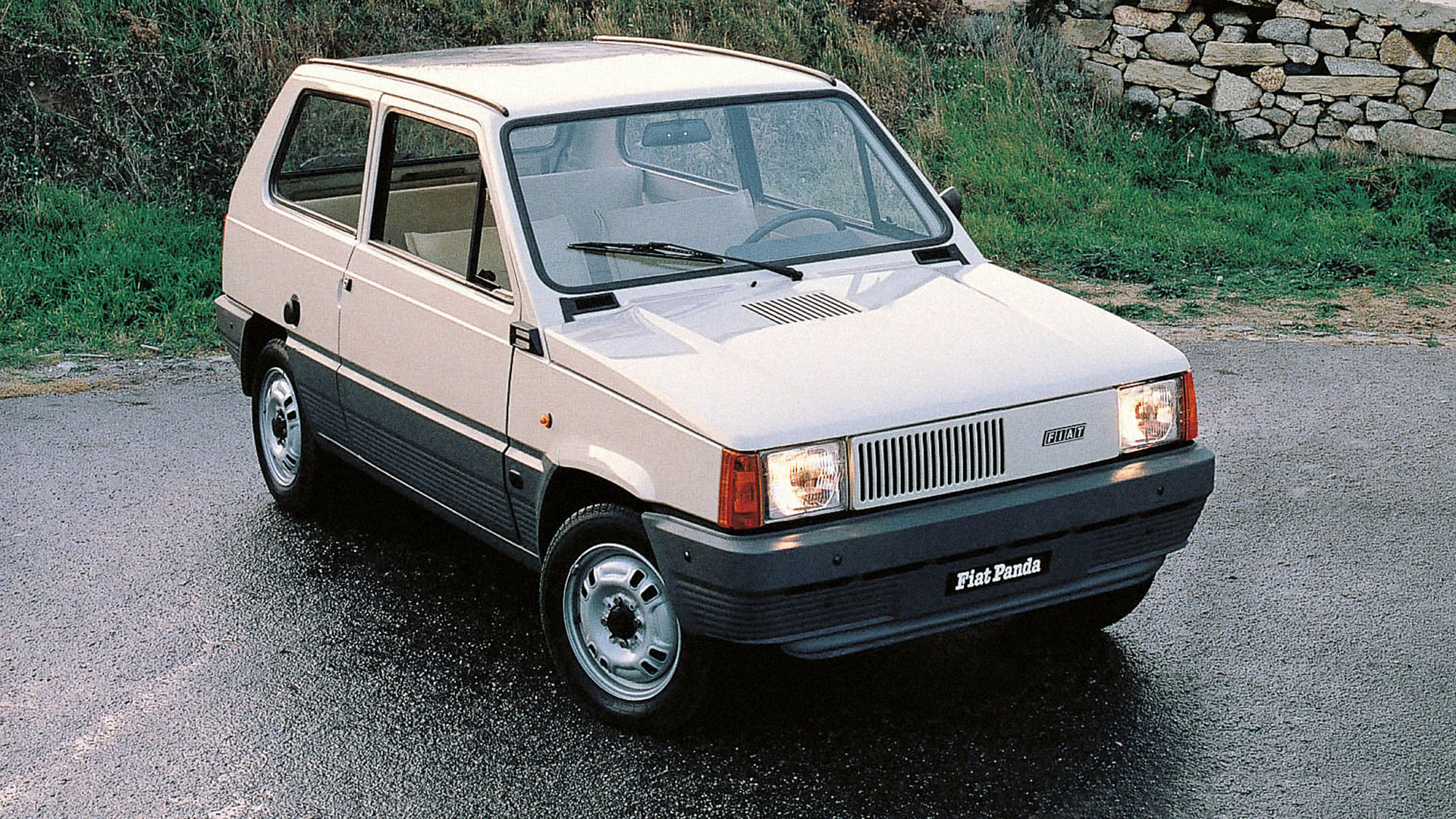
1981: Fiat Panda
© FiatWinner: Ford Escort Mk3
The Escort Mk3 was a landmark car for Ford, as it said goodbye to the rear-wheel-drive saloons of old and ushered in a new era of front-driven hatchbacks. It was hugely popular, spawning everything from workhorse estates to GTI-rivalling hot hatches. We love the Escort, but we can’t help but think that Fiat would have been left feeling like Midge Ure in 1981 when ‘Vienna’ was kept off the top spot by Joe Dolce. Not that we’re comparing the Escort to ‘Shaddap You Face’.
-
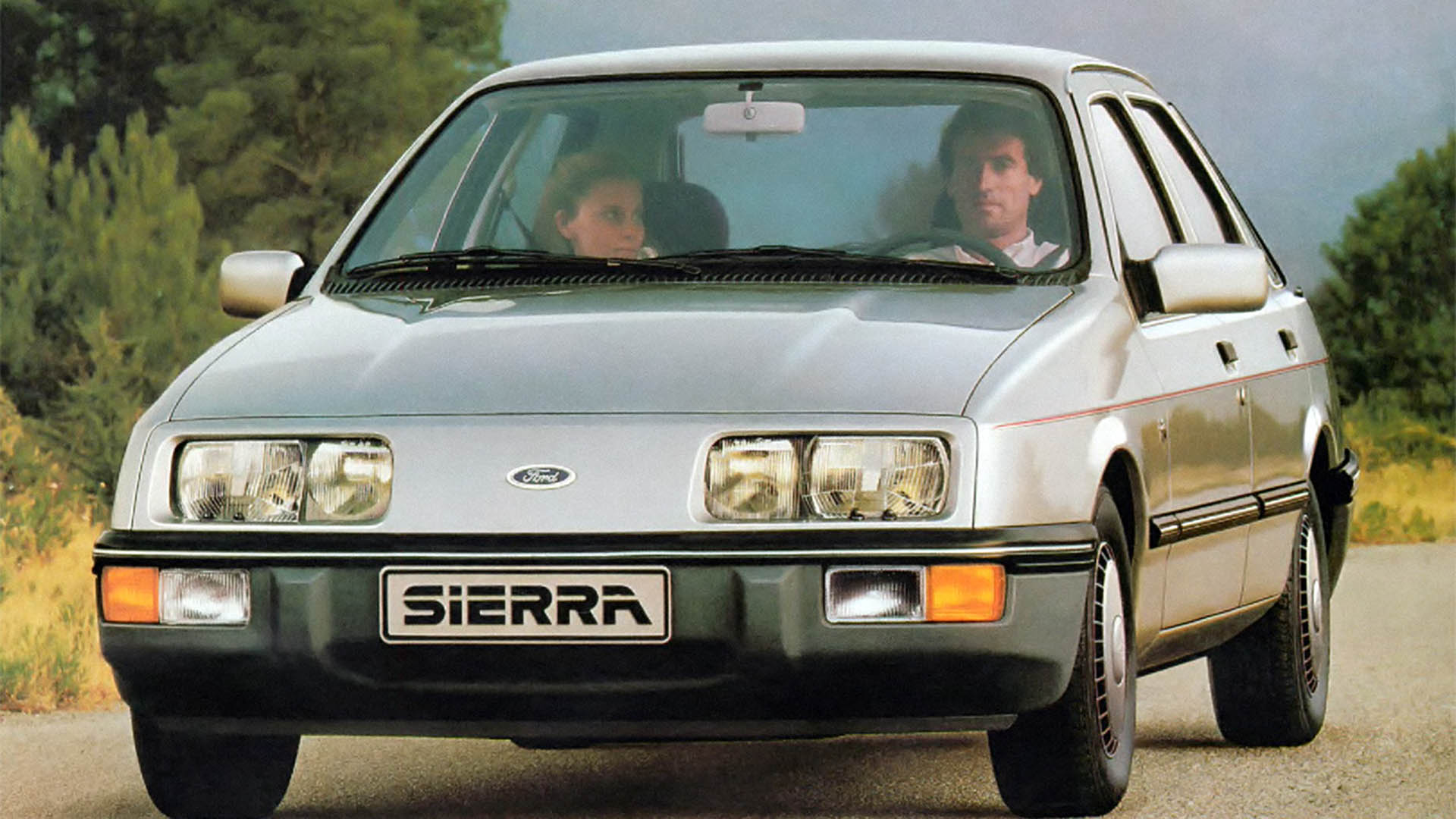
1983: Ford Sierra
© FordWinner: Audi 100
Two years later, it was Ford’s turn to feel hard done by when the ‘jelly mould’ Sierra was beaten by the Audi 100. It was a close run thing, but the 100’s aerodynamics, lightweight construction and five-cylinder engines made it a worthy winner. Dyed-in-the-wool Ford fans, who had enjoyed two decades of the three-box Cortina, initially struggled to accept the Sierra, but it went on to become a fleet favourite and a consistent best-seller.
-
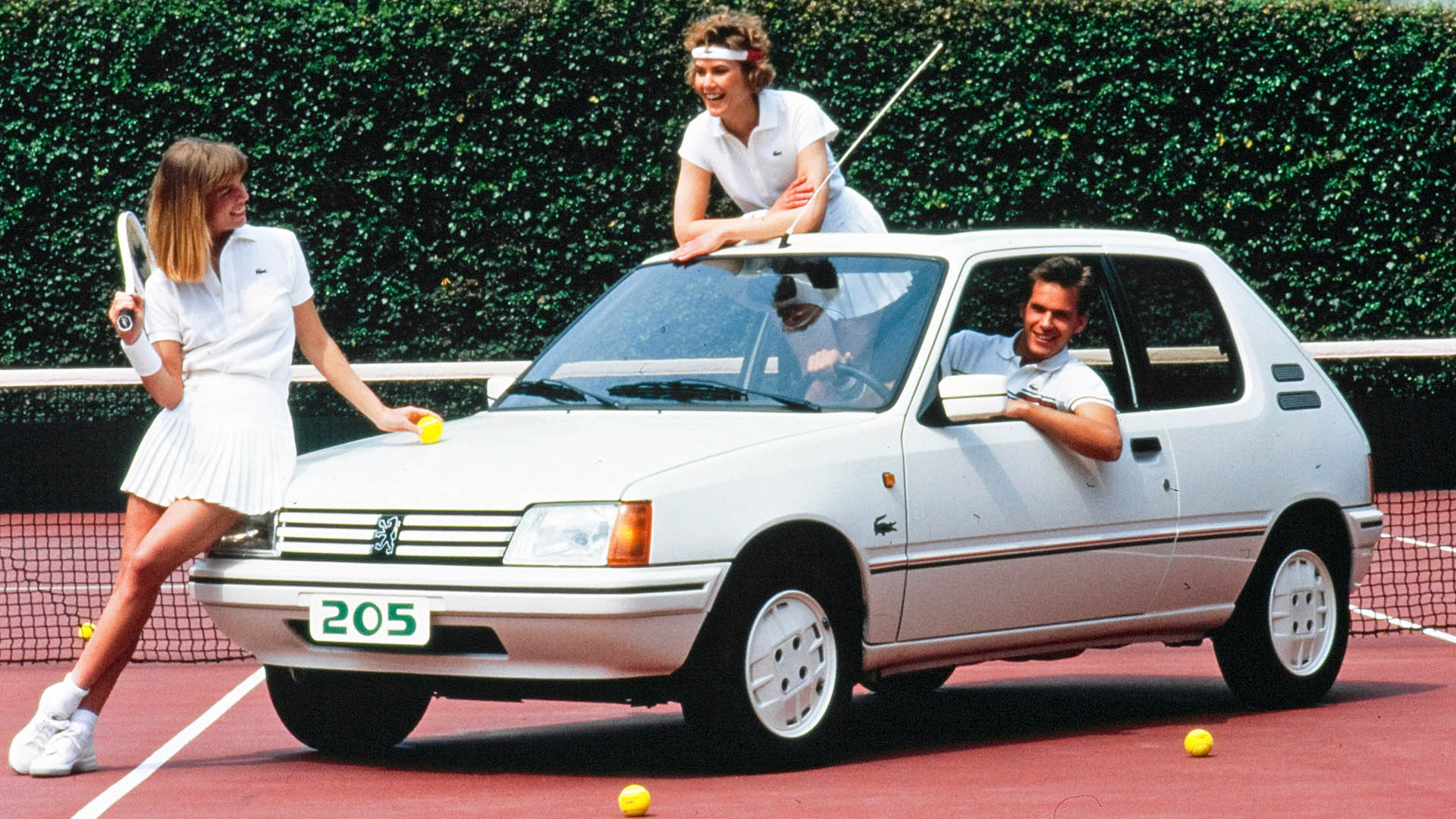
1984: Peugeot 205
© PeugeotWinner: Fiat Uno
This truly was the battle of the superminis. The Mk2 Golf, which finished a distant third in 1984, never stood a chance against the revolutionary Fiat Uno and the oh-so-pretty Peugeot 205. Designed, not by Pininfarina, but in-house by Gérard Walter, the 205 arrived in 1983, first in five-door guise, with the three-door version arriving later. The 205 didn’t bow out until 1998, by which time some 5.3 million had been built.
-
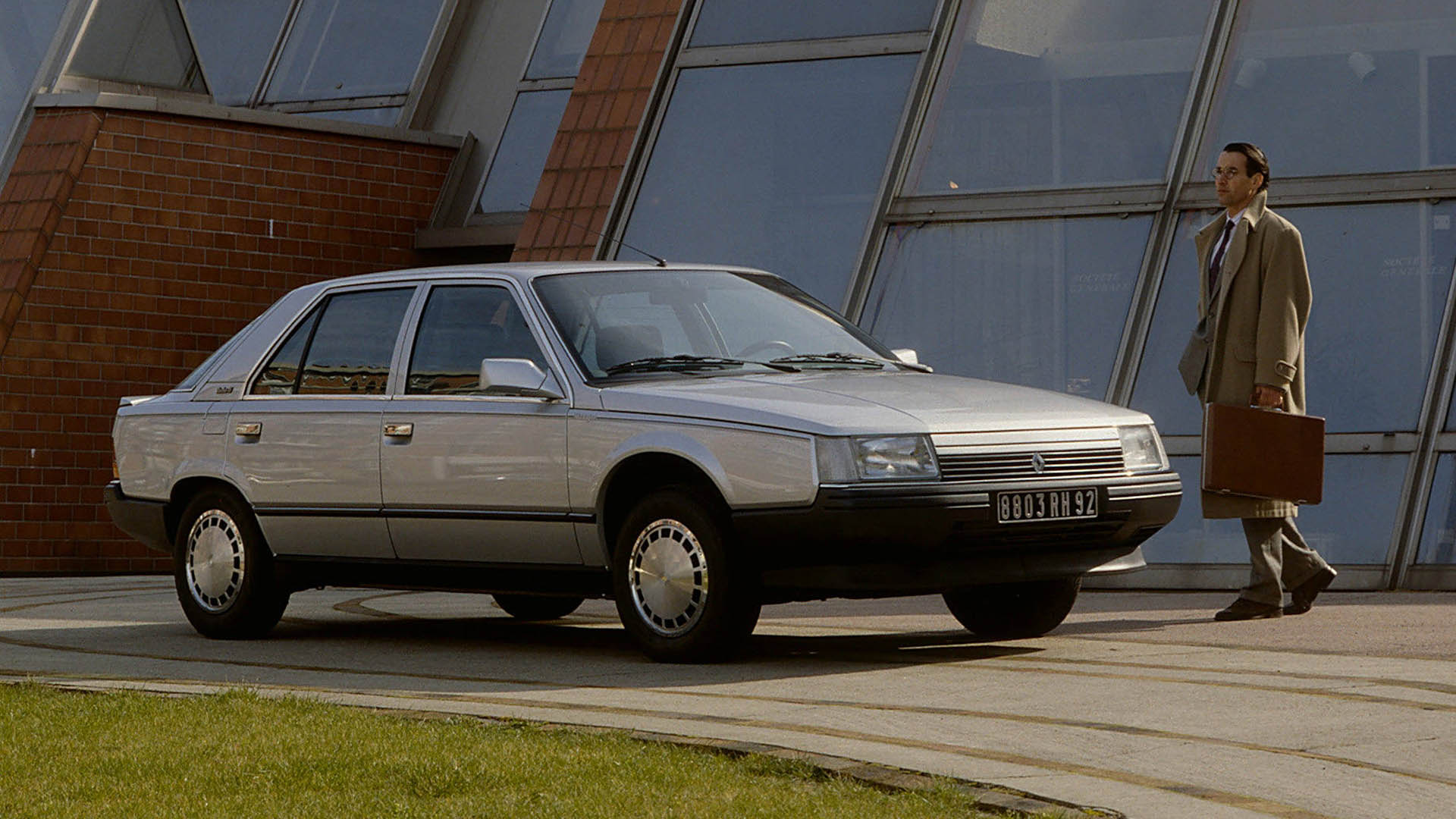
1985: Renault 25
© RenaultWinner: Opel Kadett and Vauxhall Astra
The Vauxhall Astra Mk2 – known as the Opel Kadett (E) in Europe – arrived in 1984. During development, Opel subjected the car to hundreds of hours in a wind tunnel to perfect the aerodynamics, creating the classic ‘teardrop’ shape. The Renault 25 was another good-looking car, with styling by Gaston Juchet and an interior by Marcello Gandini of Lamborghini Countach fame. Few cars of the era were more comfortable than the aerodynamic R25.
-
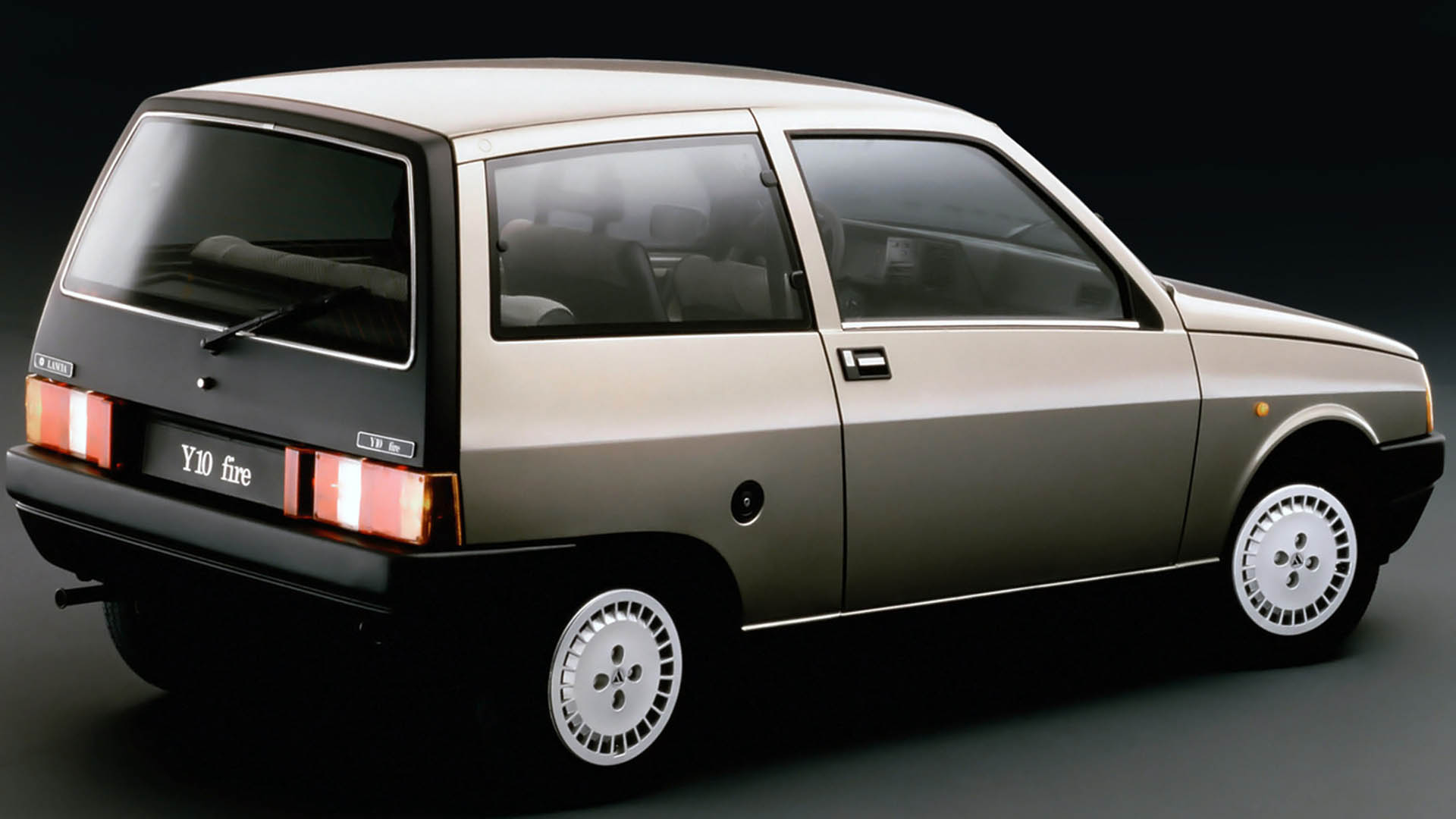
1986: Autobianchi and Lancia Y10
© LanciaWinner: Ford Scorpio and Granada
The Lancia Y10 – sold in its domestic market as an Autobianchi – was one of the most avant-garde small cars of the 1980s. It shared many components with the Uno, but while the Fiat majored on space and sensibility, the Y10 was about looking good and making a statement. It showcased an upmarket interior at a time when small car cabins were built to a price. Unfortunately, the combination of rust and general apathy means there are very few left in the UK.
-
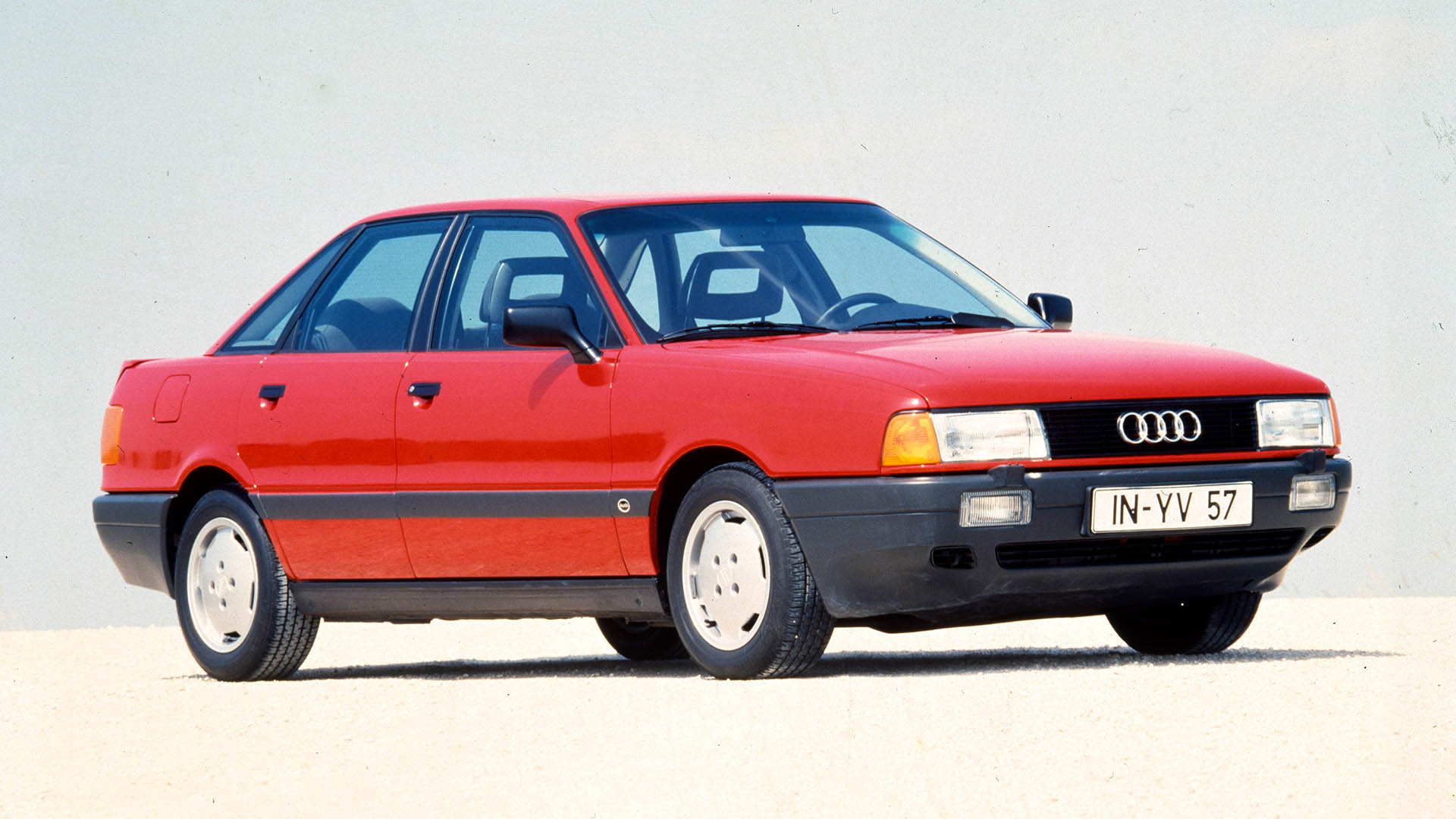
1987: Audi 80
© AudiWinner: Opel Omega and Vauxhall Carlton
The Audi 80 (B3) arrived in 1983 and, unlike its successor, which shared its underpinnings with the VW Passat, it was built on an entirely new platform. In common with other Audis of the era, it was extremely aerodynamic, while the quality went up a level, edging the company closer to BMW and Mercedes-Benz in terms of fit and finish. In many ways, it represented a turning point, helping Audi to become the dominant brand it is today.
-
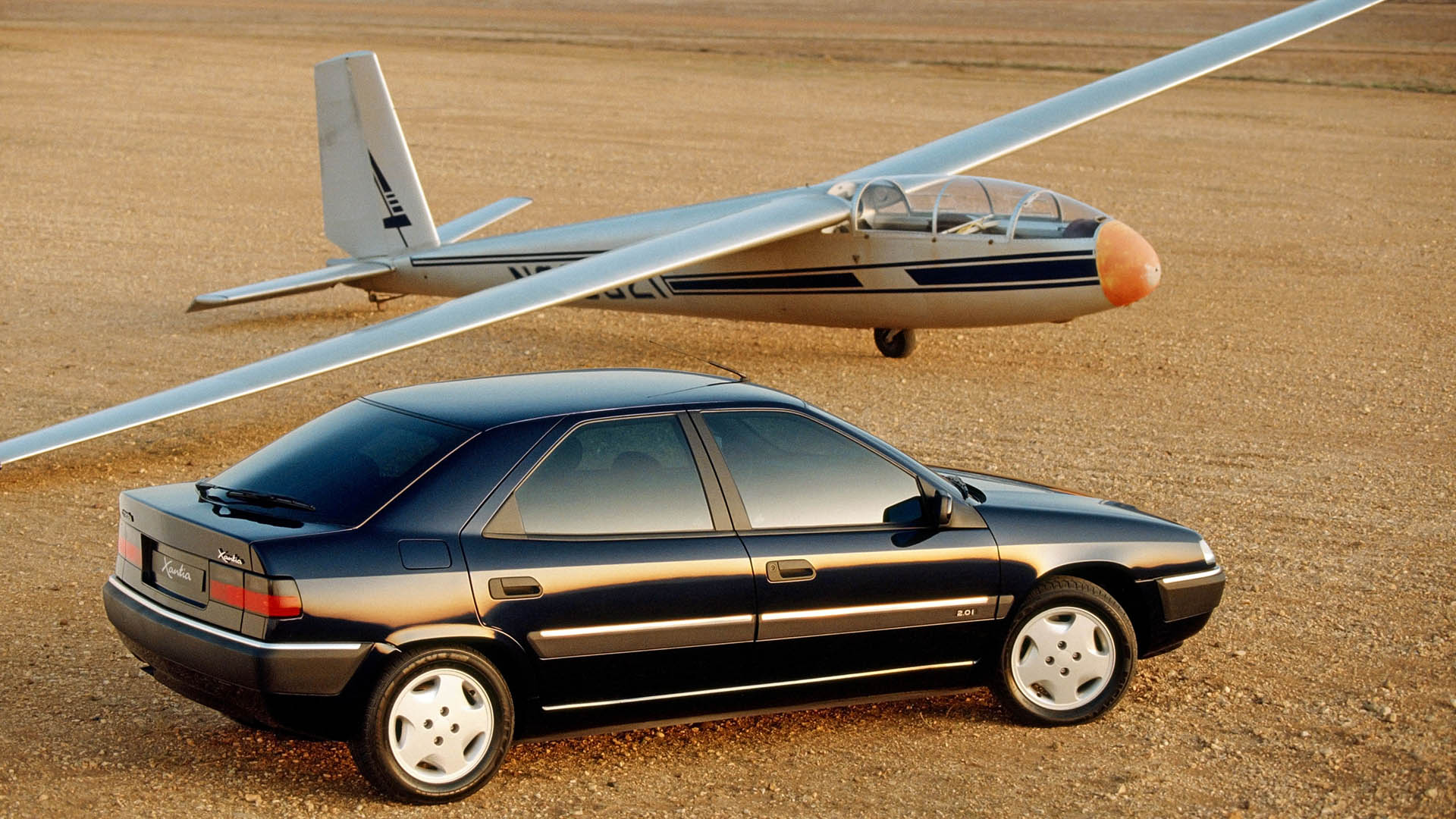
1994: Citroen Xantia
© CitroenWinner: Ford Mondeo
Such was the brilliance of the Ford Mondeo, there could be only one winner in 1994. Which means that the Citroen Xantia had to settle for second place. Launched in 1993, the Xantia featured Citroen’s famed hydropneumatic suspension, with top-spec models fitted with a more advanced Hydractive system. Better still was the Xantia Activa, which featured an extra pair of computer-controlled spheres and two hydraulic cylinders to almost completely eliminate body-roll when cornering.
-
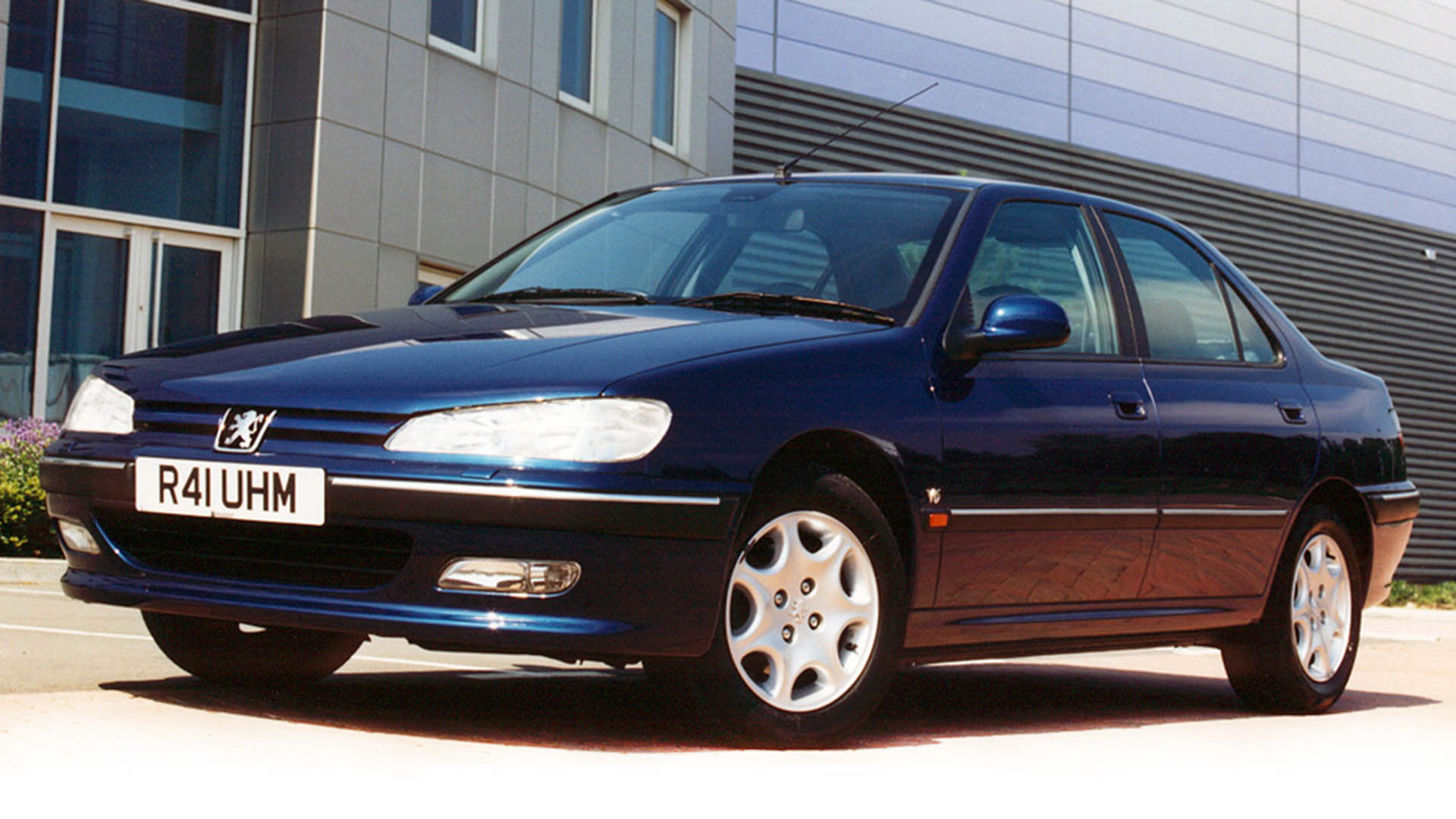
1996: Peugeot 406
© PeugeotWinner: Fiat Bravo and Brava
The Peugeot 406 was built using the same platform as the Xantia, and once again, the judges reckoned it wasn’t good enough to wear the ECoTY crown. This meant Fiat’s three-door Bravo and five-door Brava – two cars you’ve probably forgotten about – took the glory. Which puts them at odds with the Peugeot 406: a car you’re still likely to see on your daily commute. It was a fine family vehicle, with a driving experience good enough to rival the BMW 3 Series.
-
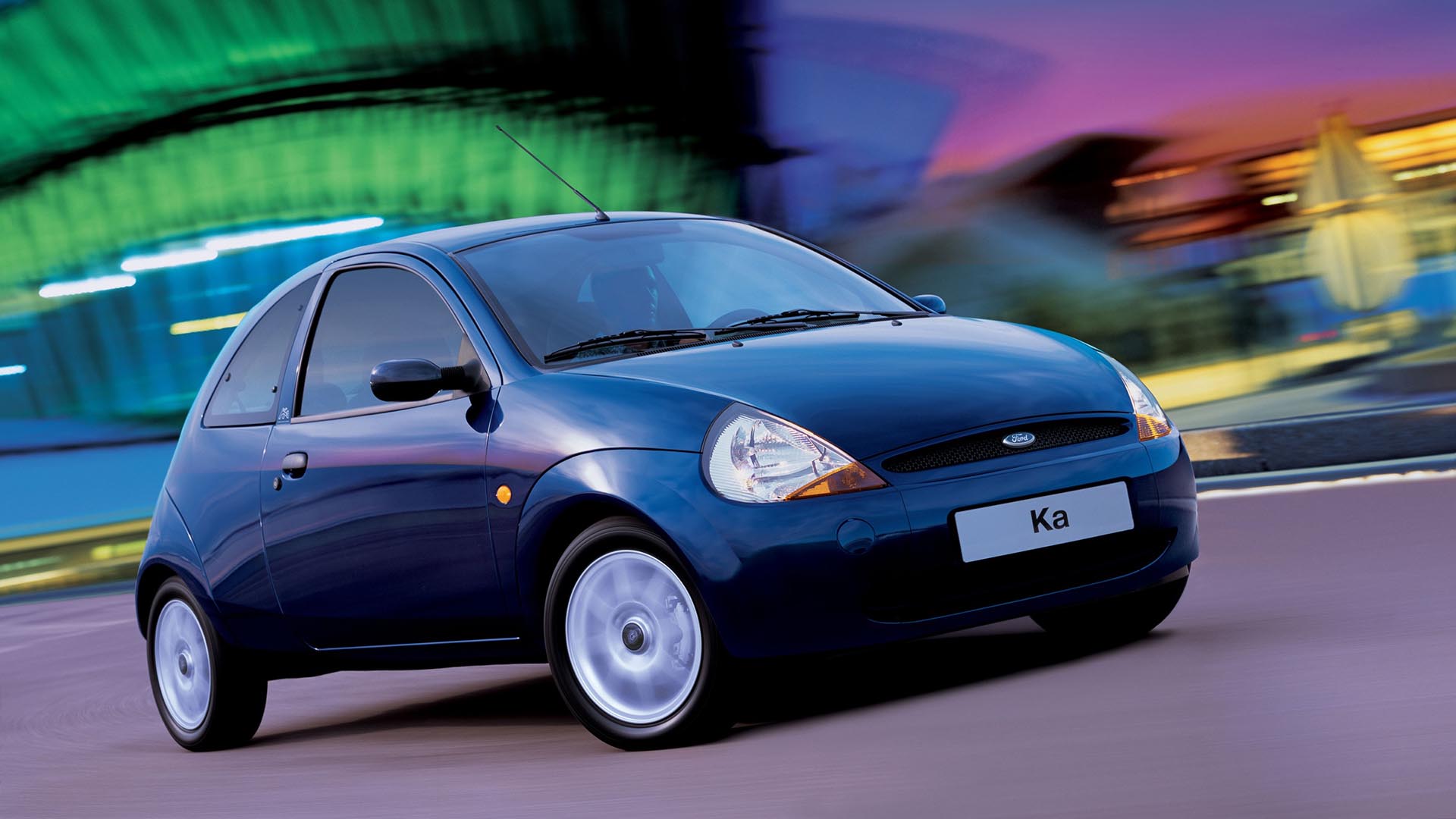
1997: Ford Ka
© FordWinner: Renault Megane Scenic
This was a deceptively good year for the ECoTY award, with the innovative Renault Megane Scenic romping home to victory ahead of the equally brilliant Ford Ka. One pioneered the concept of a flexible five-seat MPV, while the other showed the rest of the world how to build a clever and engaging city car. You can thank the late, great Richard Parry-Jones for the way the Ka felt behind the wheel.
-
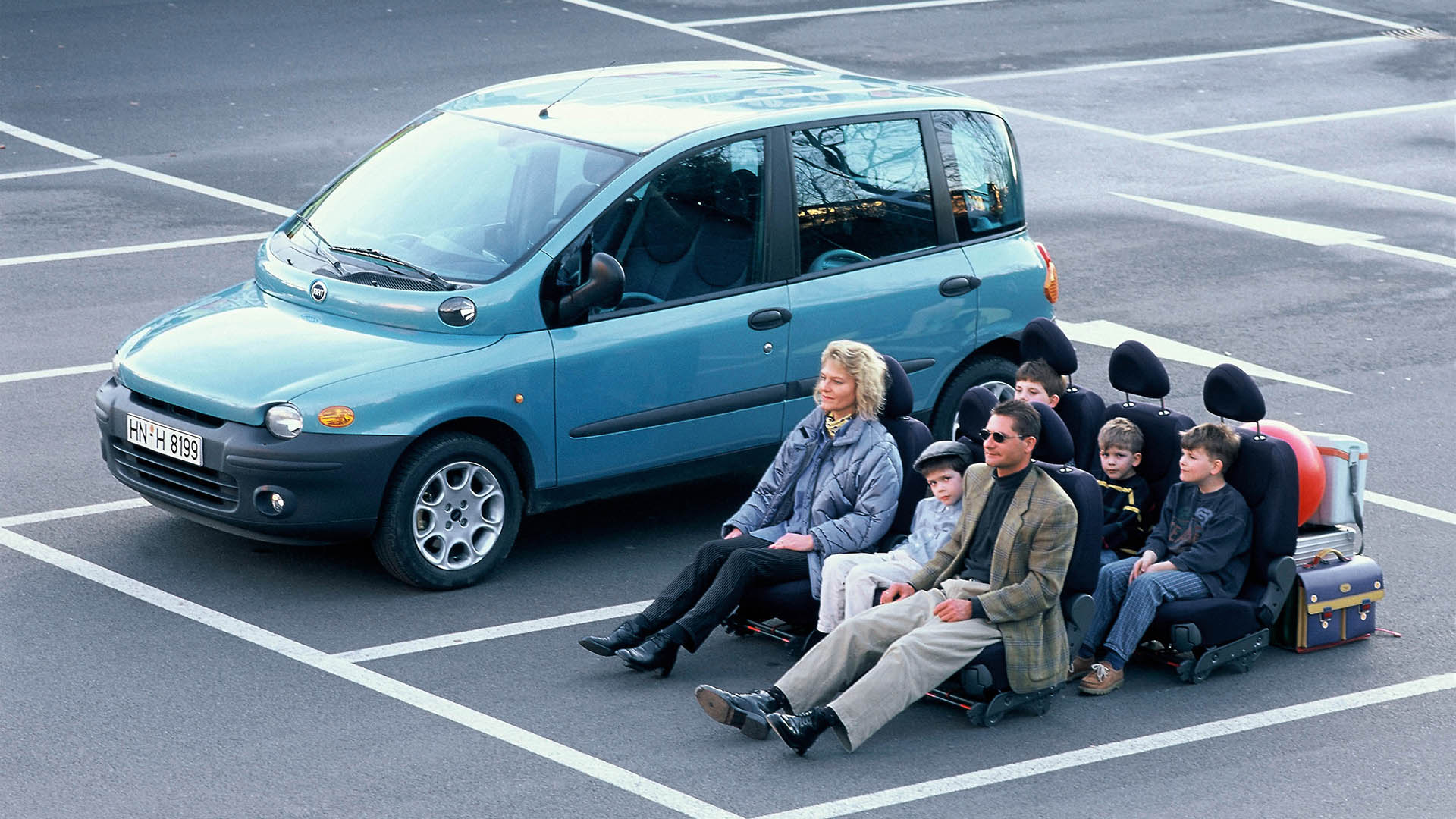
2000: Fiat Multipla
© FiatWinner: Toyota Yaris and Yaris Verso
And finally (as anything more recent than 2000 would take us out of the realms of ‘retro’), the much-maligned and misunderstood Fiat Multipla. For two decades, the Multipla has been propping up ‘ugly car’ lists across the internet, as too many people fail to see beyond the challenging styling of this ingenious six-seat MPV. It even beat the seven-seat Vauxhall Zafira into third place in the European Car of the Year contest, which proves that less really can be more.
The 19 best Car of the Year runners-up
As ECoTY turns 60, we celebrate the brilliant cars that just missed out on the title
Home The 19 best Car of the Year runners-up
News
TVR T440R: unique Le Mans homologation special heads to auction
To be sold at the Iconic Auctioneers Supercar Fest sale, this one-off TVR T440R is an extreme Tuscan intended to race at Le Mans.
For sale: Ayrton Senna’s classic Honda NSX
A 1991 Honda NSX, first owned by the late F1 legend Ayrton Senna, is listed for sale on Auto Trader with a £500,000 price tag.
Paul McCartney’s Wings open-top tour bus up for auction
Used by Paul and Linda McCartney during the 1972 Wings Over Europe tour, the customised double-decker bus is for sale on Car & Classic.
Features
Supra heroes: the story of the Toyota Supra
As Toyota teases the new 2019 Supra, we look back at the history of this stylish sports coupe
Christmas crackers: affordable cars to make you smile
20 cars guaranteed to raise a smile for less than £5,000
The 20 greatest fast Fords
From the Sierra RS Cosworth to the Fiesta ST, everybody loves a fast Ford. We pick our 20 all-time favourites.
Reviews
1997 Vauxhall Calibra V6 review: Retro Road Test
A sleek and sophisticated coupe or a glammed-up Vauxhall Cavalier? As our road-trip reveals, the classic Calibra V6 can be both.
Rover Mini Cooper Sport review: Retro Road Test
A nostalgic reminder of the back-to-basics brilliance of the classic Mini, driven here in 1998 Rover Cooper Sport guise.
1975 Audi 80 GT review: Retro Road Test
A sporting saloon and forerunner to the Volkswagen Golf GTI, the Audi 80 GT is a rare and desirable retro car. Read our Retro Road Test.
